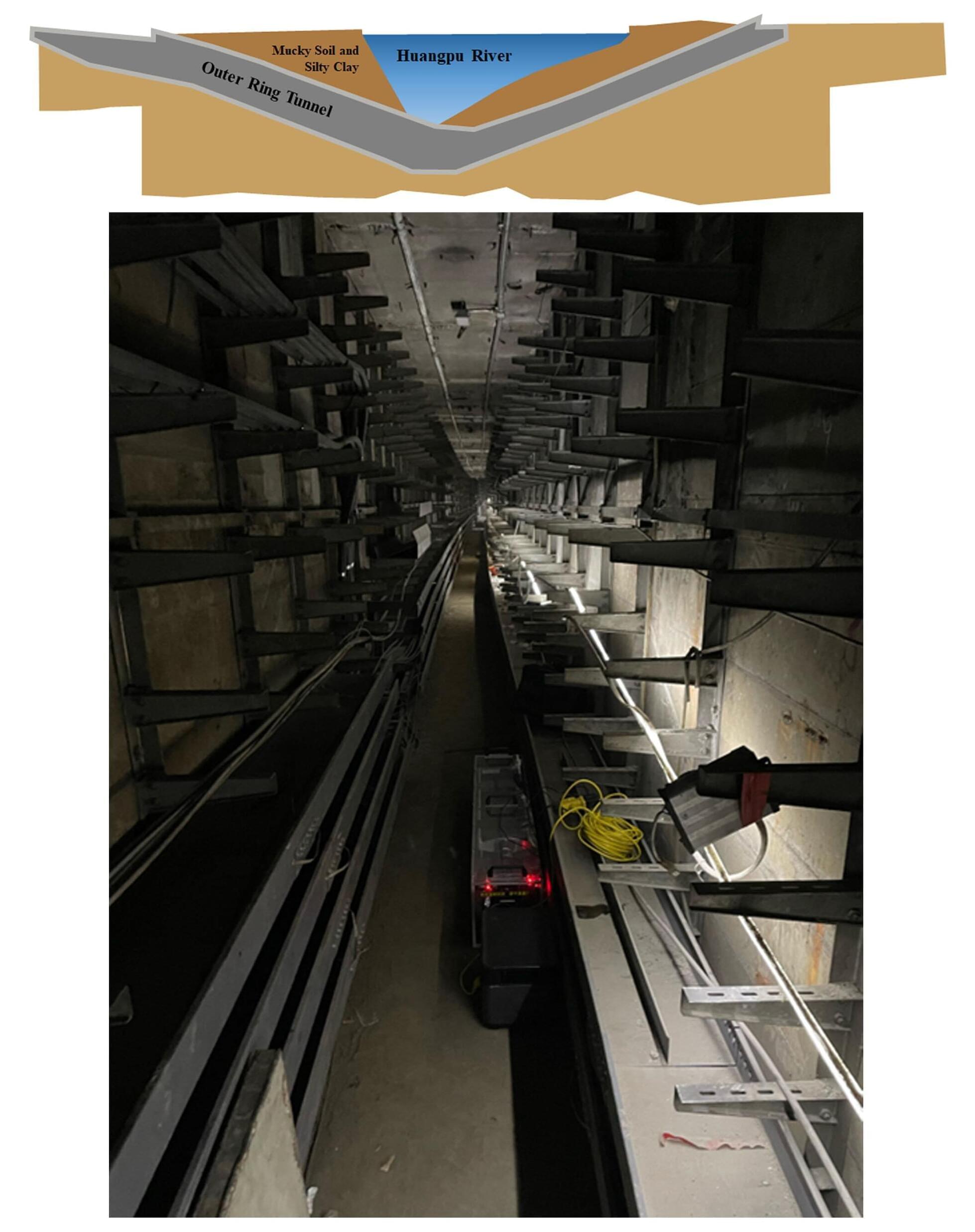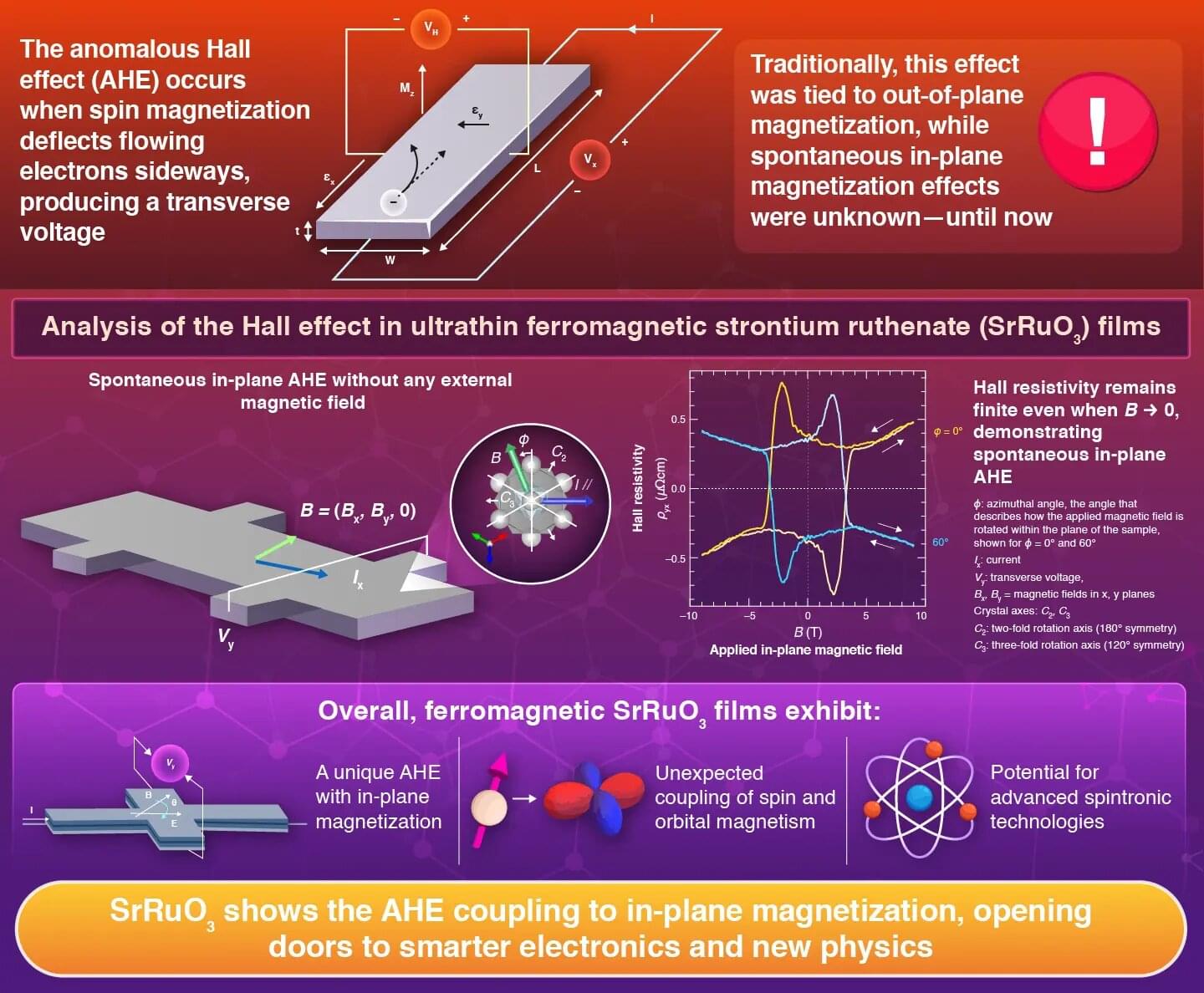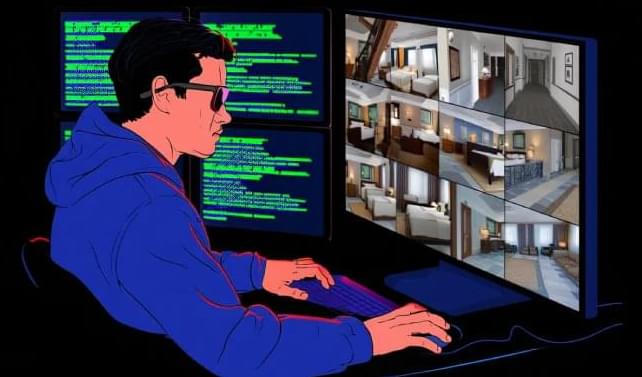Over 200 underwater bridge tunnels exist for vehicular traffic around the world, providing connectivity between cities. Once constructed, however, these tunnels are difficult to monitor and maintain, often requiring shutdowns or invasive methods that pose structural risks.
Muography—an imaging technique using high-energy particles, called muons, which can traverse hundreds of meters within the Earth—can provide a noninvasive approach to examining subterranean infrastructure.
In the Journal of Applied Physics, a group of researchers from public and private organizations in Shanghai applied this technique to the Shanghai Outer Ring Tunnel, which runs under the Huangpu River as part of the city’s ring expressway.









